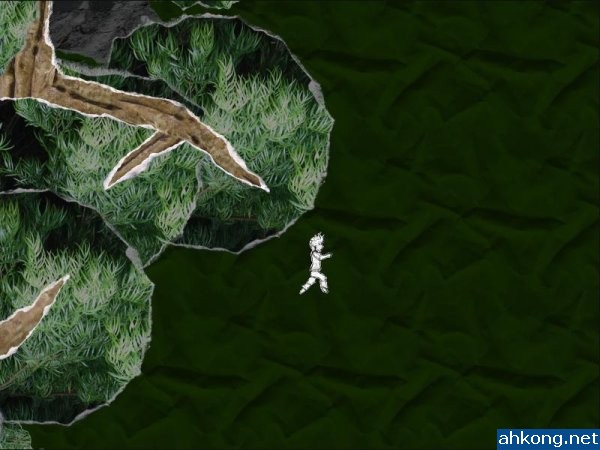

Even Parashara system of Mahdashas applicable to human lives is 120 years way beyond average sensible human life excluding childhood and old age. If it is presumed that during the days of Varamihira and even thousand of years before him the human lifespans were similar as today then it is not possible for any human being to observe astronomical cycles which repeat only in thousand of years.

Ultimate knowledge is possible only through meditation and/or Bhakti. This knowledge was obtained by meditating on Brahma (so, it is Shruti, heard in brain). It is not at all dependent on any bookish knowledge including Vedas and Upanishads. So, Indians were ahead and knowledge flowed from India to west.Ī great misnomer exists about Bharatiya knowledge system. He was trying to harmonize/upgrade his knowledge with superior Indian knowledge system. If that was the case, he would be refining Romaka Siddanta (not deprecating it). Varahamihira did not import Persian/Greek knowledge to India. After learning superior Indian system, he deprecated Persian/Greek books and wrote consolidated/updated book. India had “astronomy seat/school of learning” in its universities like Nalanda, Takshshila etc. He was an expert in it, before he came to India.


Varahamihira, who was a Maga Brahmin was trained/learned in Persian and Greek knowledge systems from childhood. Syria was the distribution point for Asian and Chinese goods. It was on the popular silk route, going to Damascus (Syria). This “Maga” is nothing but today’s “Makka” in Saudi Arbian coast. So, they were considered as “Brahmins” by Indians, as they were doing exactly the same role.
#Who said and yet it moves full
When Iran was full of Zoarastrians, Magas were hired for temple duties. Magas were traditional priests for Persians (Iranians). Maga Brahmins migrated to India from Maga, for various reasons, at various point of time. But, Maga Brahmins are not Indians by geography. In his name, we have Mehrauli (Mihira Avali = Mihiras agrahara) in Delhi. Varahamihira is identified as “Maga Brahmin’ by his successors. This “pancha siddantika” is our knowledge base even today for Panchangas and Indian system of Jyotishya. Varahamihira consolidated 5 Siddantas and wrote his refined Siddanta, popularly known today as Panchasiddantika. In India, We had many Siddanthas like Pythamaha siddantha, Romaka Siddanta, Soorya Siddanta etc. This was part of Romaka Siddantha (Romaka is Romans, who inherited it from Greeks). This “foretelling of seasons” trickled down to foretelling individual fate in Greece. They wanted many intelligent Greeks to actually go to India and learn from them. They recruited people with such capability. So, the person who can predict weather became a very valuable asset for them. Planning attacks in favorable season was a great strategy for them. They were amused/amazed at the Indian capability to time and predict “rains” (actually seasons). So, India was an not inventor of foretelling. They wanted to do it precisely (1 year means 1 year). Main requirement was to repeat Satras (or yagnas) in repeated cycles (year after year). India started astronomy, for “time keeping”. Earth and other bodies move around sun due to force of attraction, because sun is heavier than them.” “Sun moves in its orbit which itself is moving. “The sun moves in its own orbit but holding earth and other heavenly bodies in a manner that they do not collide with each other through force of attraction. “The sun moves in its own orbit in space taking along with itself the mortal bodies like earth through force of attraction.” “The sun has tied Earth and other planets through attraction and moves them around itself as if a trainer moves newly trained horses around itself holding their reins.” All the objects over the earth also move with it. “This earth is devoid of hands and legs, yet it moves ahead. Rig Veda Described Sun’s Orbit, Attraction of Planets 1000s of Years before Copernicus


 0 kommentar(er)
0 kommentar(er)
